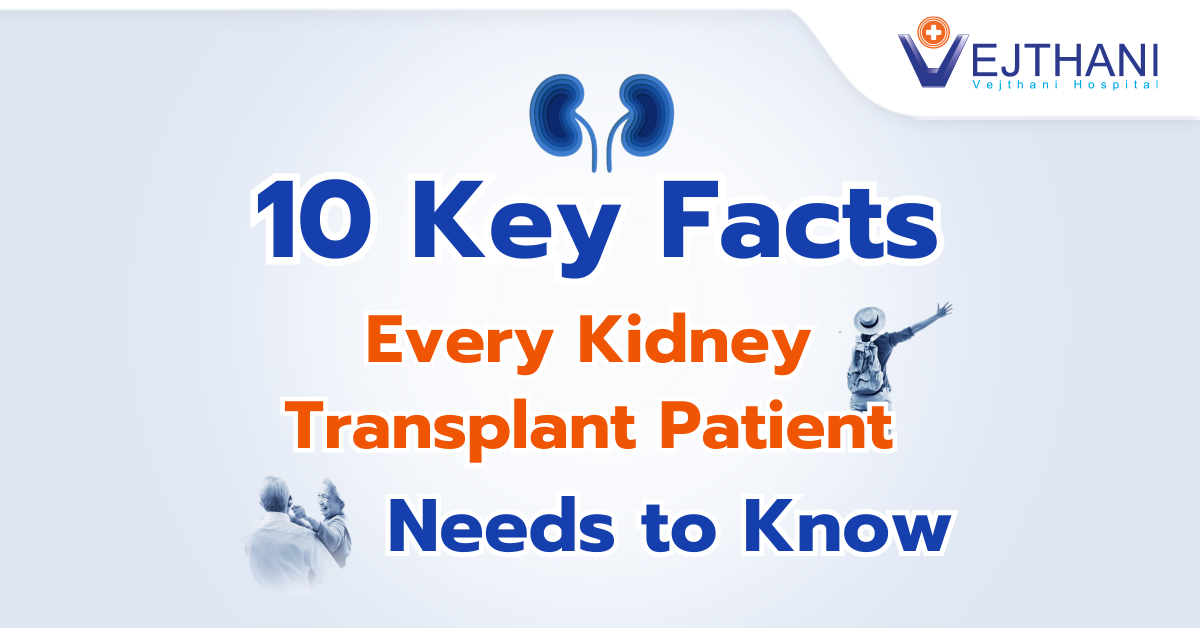
Circumcision
Overview
Circumcision is a surgical procedure involving the removal of the foreskin, the tissue covering the tip of the penis. While typically performed on infants, it can also be undertaken by older children and adults. However, circumcision in later stages of life carries increased risks and may involve a longer recovery period.
Circumcision serves as a religious ritual for many families, while others view it through the lens of cultural or ethnic tradition, personal hygiene, or preventive healthcare. However, some families may not see it as necessary or may have concerns about its potential risks.
There are medical advantages and disadvantages to circumcision, and its benefits to health depend on a number of factors. It is advised that parents be given the option to consider circumcision because there are evidence to support the idea that the advantages outweigh the disadvantages. However, the decision ultimately rests with the parents. For guidance, it’s best to consult your child’s healthcare provider to address any concerns or questions you may have.
Types
There are three types of techniques in circumsicion.
- Gomco clamp: Circumcisions are frequently performed with the Gomco clamp. This technique gradually separates the penis’s foreskin from its head, shielding it and assisting in hemostasis to regulate bleeding. The foreskin is then carefully removed with a surgical knife.
- Mogen clamp: In this method, the healthcare provider exposes the penis’ head using clamps that resemble scissors or pliers (hemostats). Once appropriate exposure has been established, they proceed to remove the foreskin with a scalpel.
- Plastibell device: The healthcare provider positions a plastic ring between the foreskin and the head of the penis. They secure the foreskin by tying a string around it, pressing it against the plastic ring. Subsequently, they use a scalpel to excise the foreskin. The plastic ring remains in position for approximately a week until it naturally detaches. This approach is less commonly used due to a higher risk of infection.
Reasons for undergoing the procedure
Circumcision is practiced by many Jewish and Islamic families, certain Indigenous communities, and as a family tradition for personal hygiene or preventive healthcare. It may also be medically necessary if the foreskin is too tight to retract. In regions with high HIV prevalence, such as parts of Africa, circumcision is recommended to reduce the risk of infection.
Circumcision may offer several health benefits, such as:
- Hygiene: Circumcision simplifies penile hygiene, although uncircumcised boys can learn regular cleaning practices under the foreskin.
- Reduced risk of urinary tract infections (UTIs): UTIs are uncommon in males, but they occur more frequently in uncircumcised individuals. Severe infections in early life can potentially lead to future kidney issues.
- Decreased likelihood of sexually transmitted infections (STIs): Men who undergo circumcision may have a lower risk of certain STIs, such as HIV. Safe sex practices, including condom use, remain crucial.
- Prevention of penile problems: Uncircumcised males may experience phimosis, where the foreskin becomes difficult or impossible to retract, leading to inflammation of the foreskin or glans.
- Lower incidence of penile cancer: Although rare, penile cancer is less common among circumcised men. Additionally, female partners of circumcised men may have a reduced risk of cervical cancer.
The risks of not getting circumcised are rare, although they can be reduced with good penile care. Your healthcare provider might suggest postponing or avoiding your child’s circumcision if your child:
- Has a blood clotting disorder.
- Was born prematurely and requires ongoing medical care in the hospital nursery.
- Was born with conditions affecting the penis.
- May experience physical issues with their penis that require surgical intervention.
Circumcision does not impact a child’s future fertility. Additionally, it is generally believed not to affect or enhance sexual pleasure for men or their partners.
Risk
Circumcision is considered a routine and generally safe procedure. However, like any surgery, there are inherent risks involved. Some potential risks include:
- Anesthesia complications.
- Bleeding.
- Infection.
- Pain.
- Incorrect length of foreskin removal.
- Irritation at the tip of the penis.
- Narrowing of the opening at the tip (meatal stenosis).
- Inflammation at the tip of the penis (meatitis).
Bleeding following circumcision typically involves only a few drops from the surgical site. In most cases, this bleeding stops on its own or with gentle direct pressure applied for a few minutes. If bleeding continues or worsens, it is important to seek evaluation from a healthcare provider.
The risk of complications is lower when the procedure is performed by a qualified healthcare professional, such as an obstetrician-gynecologist, urologist, or pediatrician, in a medical setting like a hospital nursery or doctor’s office. If the circumcision is performed elsewhere for religious or cultural reasons, it is crucial that the provider is experienced and well-trained in circumcision, pain management, and infection prevention.
Before the procedure
Before performing a circumcision, your healthcare provider will discuss the risks and benefits of the procedure with you. It’s important to inquire about the type of pain relief medication that will be administered. Whether the circumcision is for yourself or your child, you will likely be required to provide written consent for the procedure.
In a hospital setting soon after birth, healthcare providers prepare for circumcision by numbing the penis with an anesthetic (either a numbing cream or an injection). They may also suggest giving acetaminophen to help alleviate pain.
The healthcare provider will review your child’s or your own medical history and do a physical examination. Any prescription or over-the-counter (OTC) medications, including herbal supplements that you or your child may be taking should be disclosed to the healthcare provider. The risk of bleeding during a circumcision can be increased by using specific herbal supplements and over-the-counter medications like anticoagulants (blood thinners) and nonsteroidal anti-inflammatory drugs (NSAIDs).
During the procedure
Circumcision of newborns is often performed in the hospital nursery in the initial days following birth. A healthcare provider will do the following after the anesthesia takes effect:
- Your baby will lie on their back with their arms and legs restrained.
- The area around the penis is cleaned.
- The foreskin and the penis head should be separated.
- A special clamp or plastic ring is applied to the penis, and then the foreskin is removed.
- The scalpel is used to remove the foreskin.
Following the procedure, a healthcare provider applies an ointment like topical antibiotic or petroleum jelly to the penis. The penis is then loosely wrapped with gauze. Typically, the entire process lasts approximately 5 to 10 minutes.
Older boys and adults undergoing circumcision may require general anesthesia for pain management and sedation, potentially prolonging recovery. This approach also carries a higher risk of medical complications.
The circumcision process for older children and adults mirrors that of infants. Following foreskin removal, the healthcare providers may use dissolvable stitches or cauterization to control bleeding and minimize scarring during healing.
After the procedure
After the pain medicine wears off, and it made your newborn fussy, you may gently hold your baby without putting pressure on the penis. Healing typically takes 7 to 10 days, during which the tip of the penis may be sore and appear discolored, swollen, or bruised. You might also notice a small amount of yellow fluid on the tip of the penis.
You can gently wash the penis with warm water and mild soap during the healing process, then pat it dry gently. For newborns, change the bandage with each diaper change. Your healthcare provider may recommend applying antibiotic ointment to the bandage or a dab of petroleum jelly on the tip of the penis to prevent it from sticking to the diaper. Ensure to change your baby’s diaper frequently and fasten it loosely.
If a plastic ring is used instead of a bandage, it will naturally detach within about a week to 10 days. Once the penis has fully healed, you can resume washing it with soap and water during regular bathing.
Outcome
Research suggests that circumcision offers several benefits. A circumcised penis is easier to clean and maintain, particularly in children, which can contribute to overall penis health.
Circumcision may also lower the risk of:
- Conditions specific to the foreskin, such as phimosis (inability to retract the foreskin), paraphimosis (inability to pull the foreskin back over the head of the penis), balanitis (inflammation of the foreskin and glans), and infections.
- Urinary tract infections (UTIs).
- Penile cancer.
- Certain sexually transmitted infections (STIs).
- Reduced risk of cervical cancer in sexual partners.
Complications following circumcision are rare. However, contact a healthcare provider if:
- Your baby does not urinate within 12 hours after the procedure.
- Your baby develops a fever.
- Your baby appears to be in pain and cries excessively.
- Bleeding persists.
- There is worsening discoloration at the tip of the penis after 3 to 5 days.
- Foul-smelling discharge is present from the tip of the penis.
- The plastic ring remains in place or moves onto the shaft of the penis two weeks after the circumcision.
Deciding whether to circumcise your child requires careful consideration of both the benefits and potential drawbacks. It’s important to take into account your personal, religious, and medical factors before making a decision. If you have any lingering questions or concerns, consulting with a healthcare provider is recommended.
Contact Information
service@vejthani.com






















